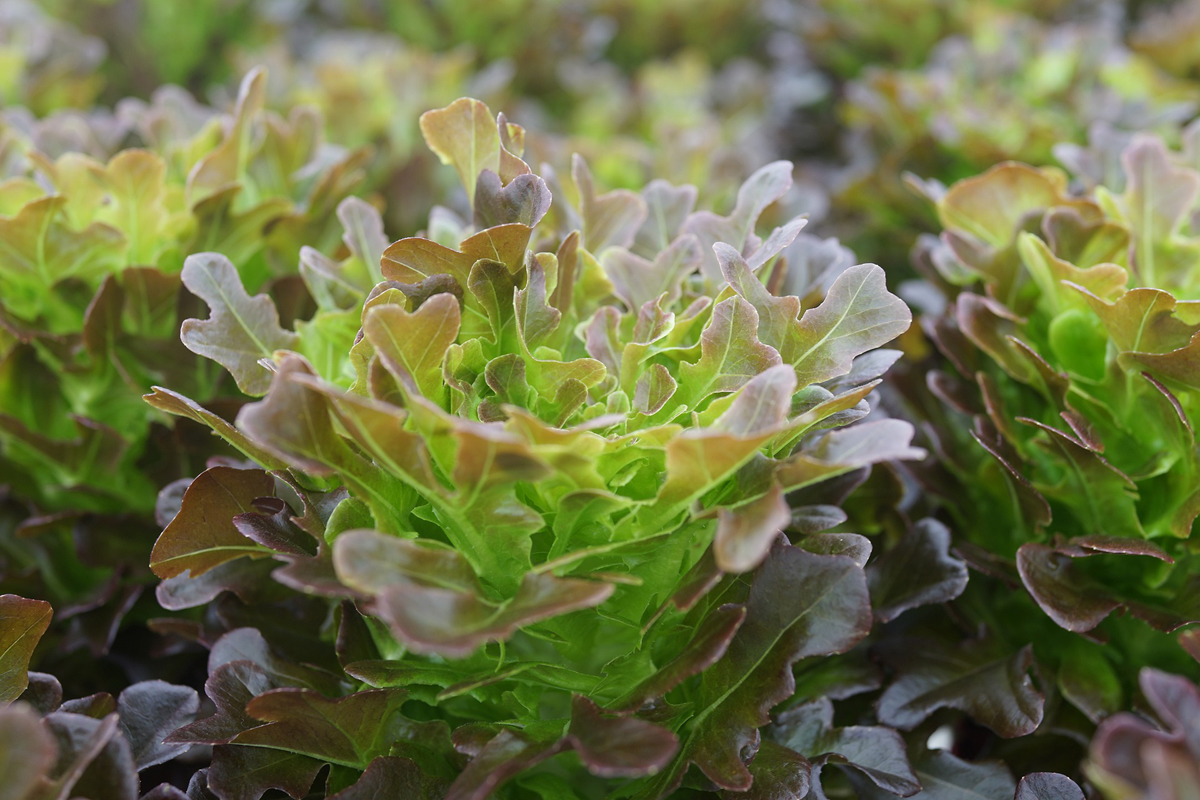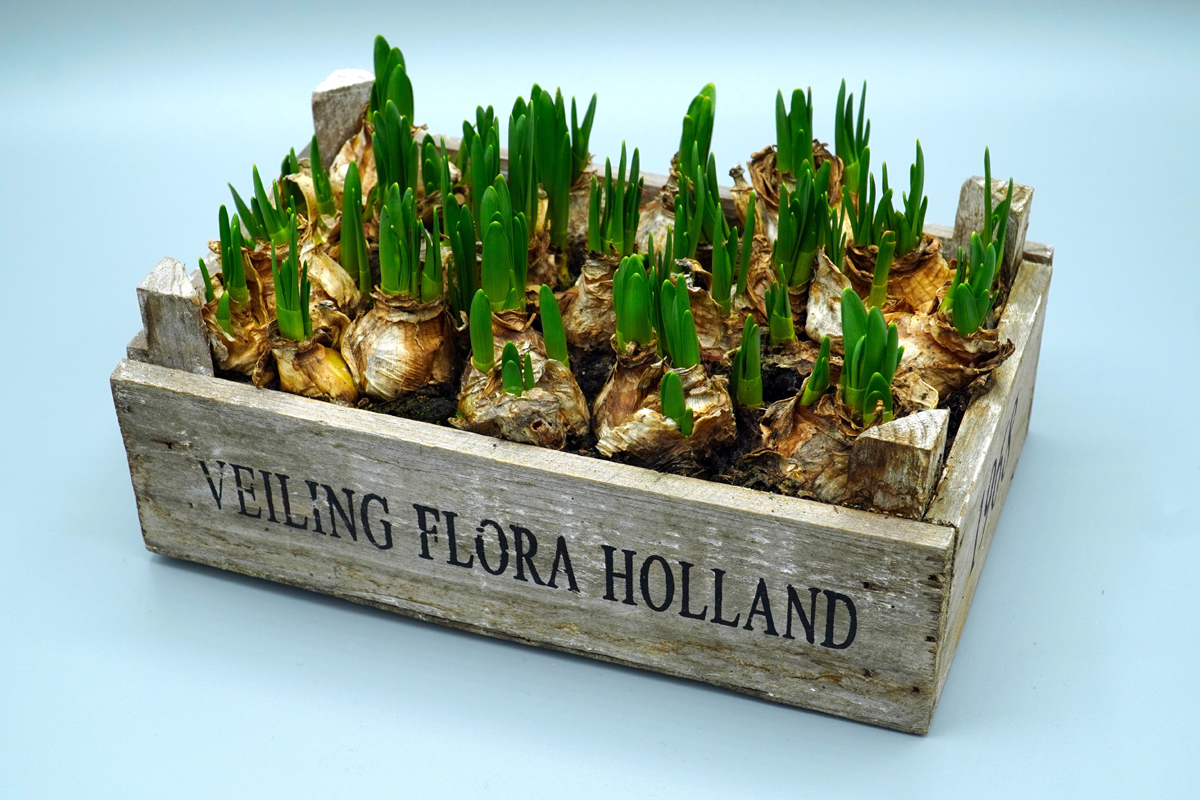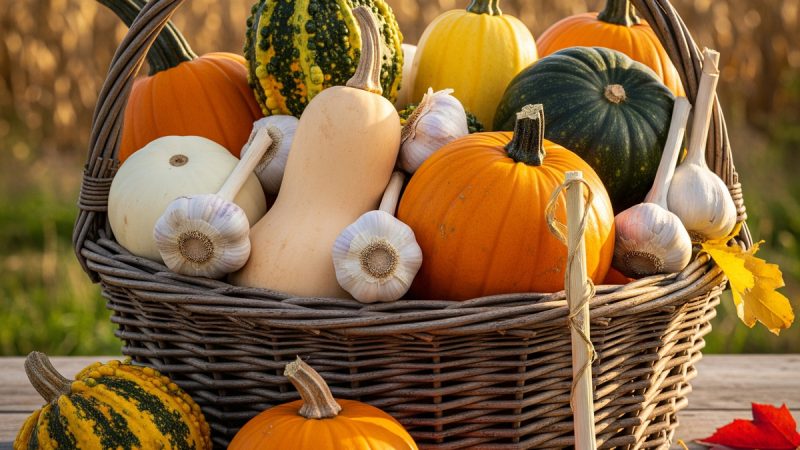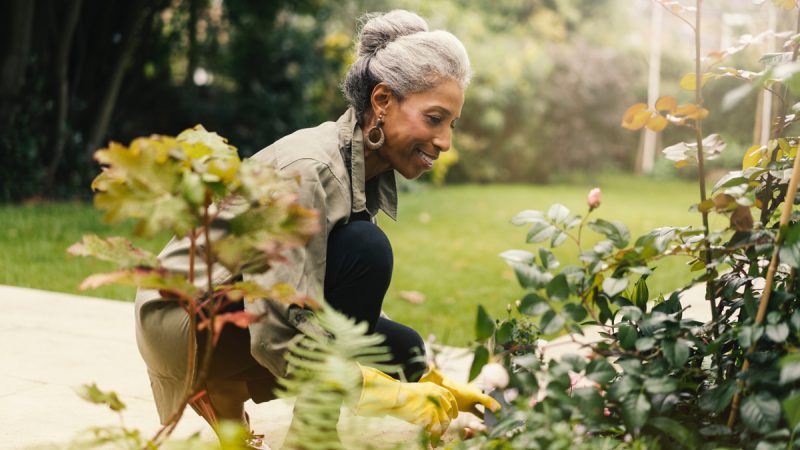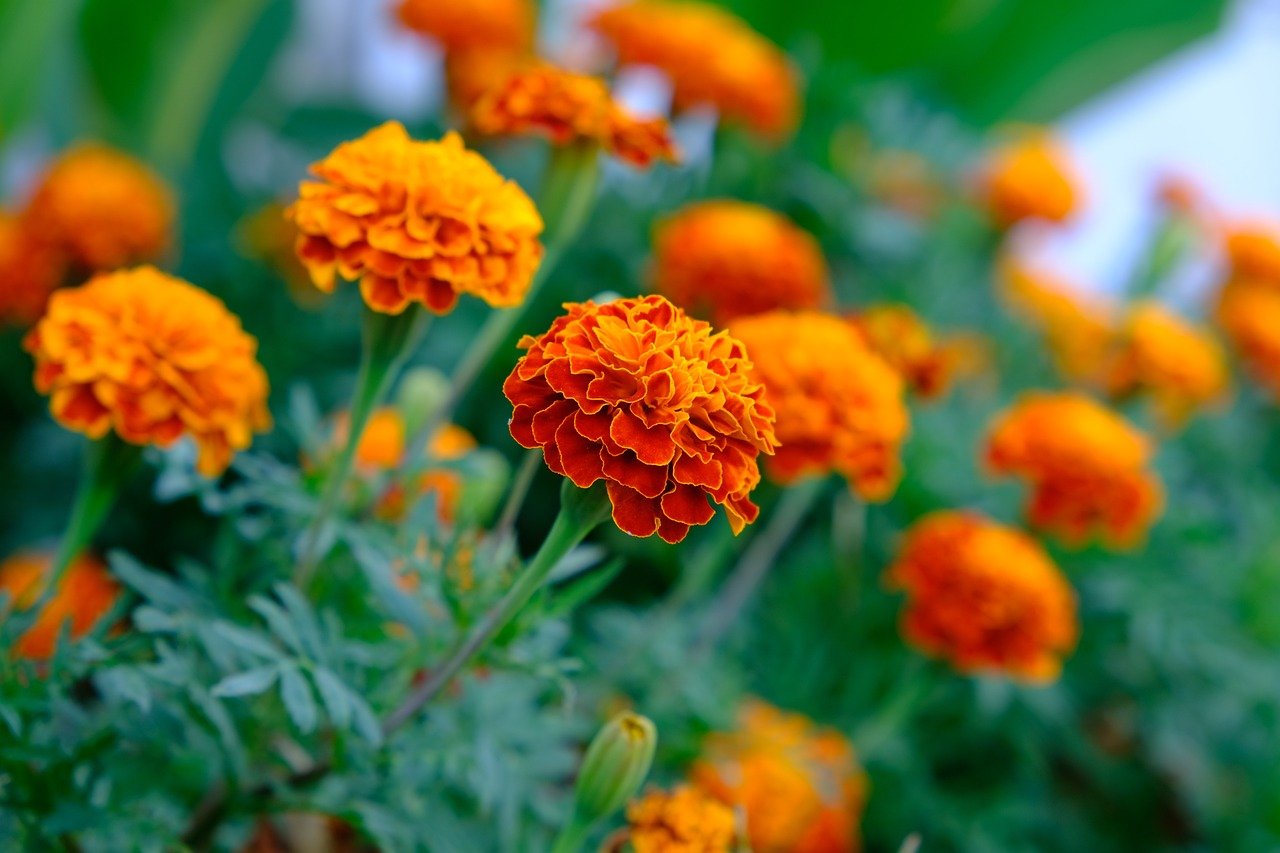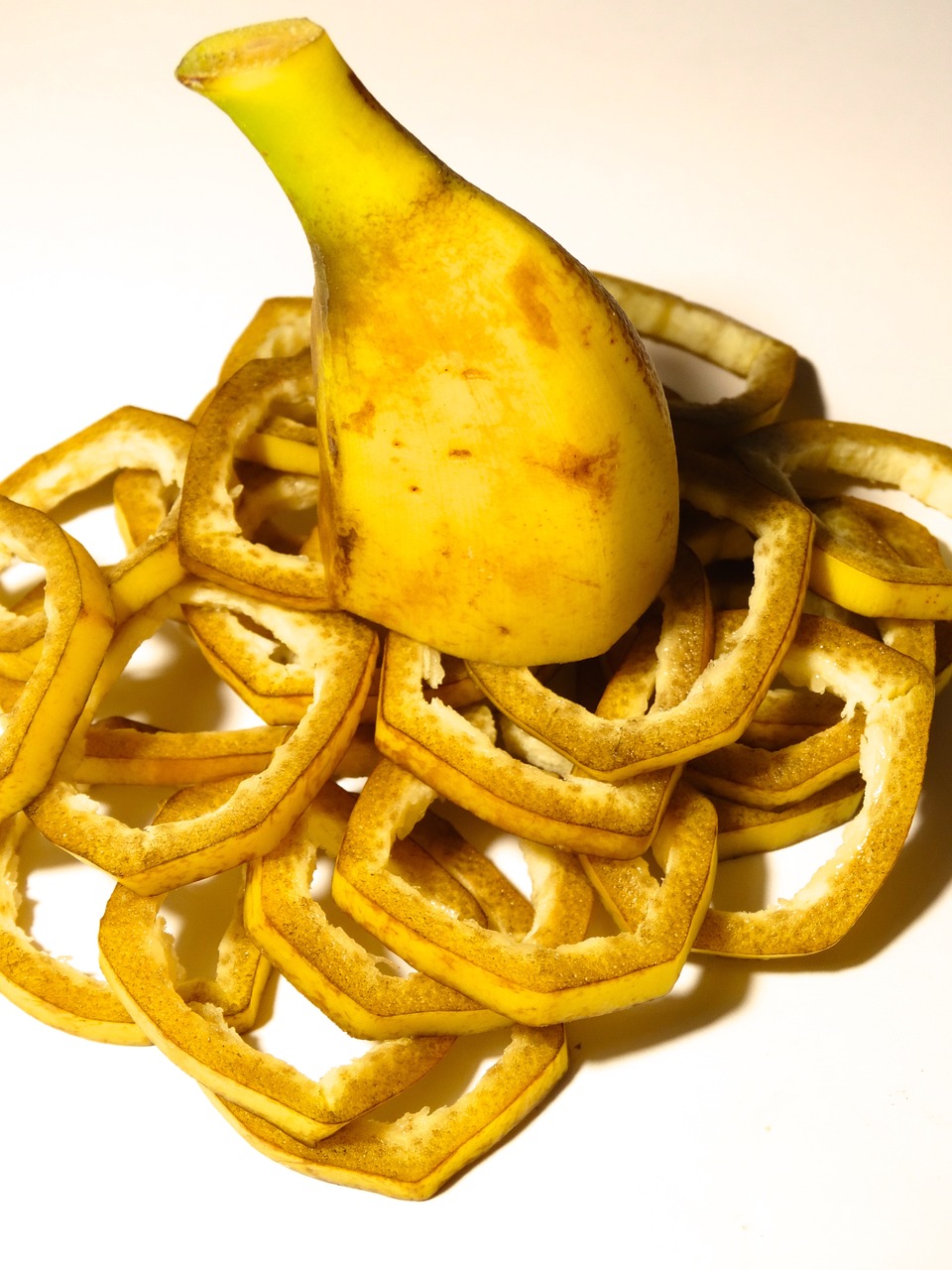What Makes Up Garden Soil and What Kind Do I Have

As a master gardener, I believe that having some basic knowledge about what your plants are growing in will help make you a better gardener and the more successes you will have. Have you ever wondered why one plant will do great in one area, but that same variety dies in another area when it’s getting the same amount of sunlight and water? How do I know if the soil I am planting in is what I should be planting in?
To answer these questions it helps to know first just what soil is and its purpose. Soil is first and foremost the primary source of nutrients and water for your garden plants. It provides a place for the roots to grow to absorb nutrients, oxygen and water and to anchor the plant.
But what makes up soil? Soil is made up of approximately 50% minerals and organic matter in varying stages of decomposition. The other 50% is air and water which is in the space between the minerals and organic matter. You need that space because nothing much will grow in compacted soil which is evidenced by the trail your dog leaves in the backyard. Air also aids in the decomposition of organic matter. The amount of minerals and organic matter varies from one soil to another. Dirt is soil that has no organic or mineral matter. Basically, it is dead soil.
The percentage of mineral and organic matter is affected by various factors such as the types of plants grown, moisture content, drainage and cultivation practices. Different plants will use up different amounts and types of nutrients and water. That is why crop rotation is recommended for veggie gardens so the same nutrients are not depleted by any particular crop and it gives the area time to recover. So where you plant tomatoes one time, follow with cucumbers or something else the next, then back to tomatoes after a few plantings.
Cultivating soils over long periods of time usually will cause that soil to have lower levels of organic matter. Tilling the soil increases the amount of air in the soil thereby allowing the organic matter to decompose faster.
Soils with good drainage usually have higher organic matter content because there is more oxygen and other nutrients that plants need and therefore decompose organic matter faster. If your soil has poor drainage, less organic matter will be present. Having your plants in soil that is over-saturated is as bad as underwatering. When the soil has too much water, the plant can’t take up oxygen and suffocates. Too little water and it wilts and dies.
To test your soil’s drainage, in wet soil, dig a hole 3 feet deep and about 8 to 10 inches wide. Fill with water. If the hole is empty in 12 hours or less, you have good drainage, if it is still holding water after 48 hours, the drainage is poor.
How can you tell what kind of soil you have? Is it sand, clay, loam or some combination? You can’t necessarily tell by the color. The color can be influenced by the colors of the materials that made up the soil, drainage, climate, temperature, types and amounts of minerals in the soil. A dark color that most of us perceive to be good, quality soil may be dark because of the color of the organic matter in it or it could have poor drainage.
Texture is another indicator of what type of soil you have. Is it sandy, clayey, sandy loam, or clay loam? In the field texture is determined by what is called the ribbon method. Gently rub or try to stretch moist to wet soil (not saturated) between your thumb and forefinger and try to form a ribbon. Note how it feels and reacts when you touch it. The ratio of silt, sand and clay determines the type of soil you have.
Sandy soil is pretty familiar to most of us, it is coarse, feels rough or reminds you of the beach, and isn’t sticky. Sandy loam feels gritty, but also slightly sticky. But neither of these should form a ribbon. Sandy soil is easily tilled, drains fast, holds lots of air and warms up fast. Great for growing things that grow on the ground or in it such as potatoes and watermelon.
Loamy sand has very little clay or silt and does not hold together well when moist and you try to form a ball. Sandy loam feels gritty but does have enough silt and clay to make a moist ball. Clay loam should form a very short ribbon of about 3 cm or less. Clay is very sticky, stretchy, and forms a ribbon longer than 3 cm.
Silty clay loam is smooth when dry and becomes slick or sticky when wet. It has more silt than clay. Clay loam is mostly clay. It’s hard when dry and also becomes slick or sticky when wet. Clay has 40% or more clay content. It’s very hard when dry and difficult to break dry pieces with your fingers. It’s not great for plants, but makes great pottery. Loam contains about equal portions of clay, sand and silt.
The depth is good to know if you intend to plant trees because the deeper your soil goes, the better chance the tree has because the soil will hold enough water, nutrients and give the tree more support for its root system.
To find out the depth of your soil, try to dig a hole as deep as you can to see where you meet a barrier. The barrier might be rocks, gravel, heavy clay or something like cement. The deeper you can go the better. Shallow soil goes down 10″ or less, moderately shallow 10″ – 20″, moderately deep 20″ – 39″, deep 39″ – 59″ and very deep is 59″ or more. Fruit trees should have a soil depth of a few feet to do well.
Some experts suggest getting a soil test done whether it is through a service like a local county extension office or a kit you get at a garden center. Go ahead and do one if you feel it is necessary, but keep in mind that these are not very accurate; even the ones done in a lab. They also don’t check for all nutrients you may want to know about. Knowing what type of soil, the depth and drainage should get you off to a good start.
Ways you can improve your soil to add nutrients or to improve drainage is to add things like shale, vermiculite or perlite to increase water-holding capacity, but those can get expensive. Organic matter is the best and you can add that in the form of compost, humus or composted manure. Even bat poo. Or try growing a cover crop such as grasses or legumes, mulching or adding macro- or micro-organisms.
The easiest thing to do is to choose plants that will do well with the soil you have. Look into what plants are native to your area and work those into your landscape. Some plants do great with what we would consider worthless soil and some plants like having wet feet. So it is a matter of doing your homework and knowing what you have and knowing what to plant where.
There is a lot to learn about soil that will help you understand your garden better and I believe if you understand the “why” it makes it easier to come up with solutions for your garden problems and makes gardening more enjoyable.
The Author:
I have been gardening for over 20 years and I am a master gardener in the state of Texas. My website, Your Garden Spirit, deals with garden decor and outdoor room decorating.

